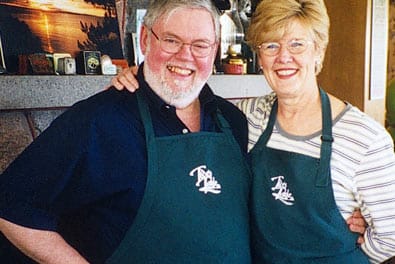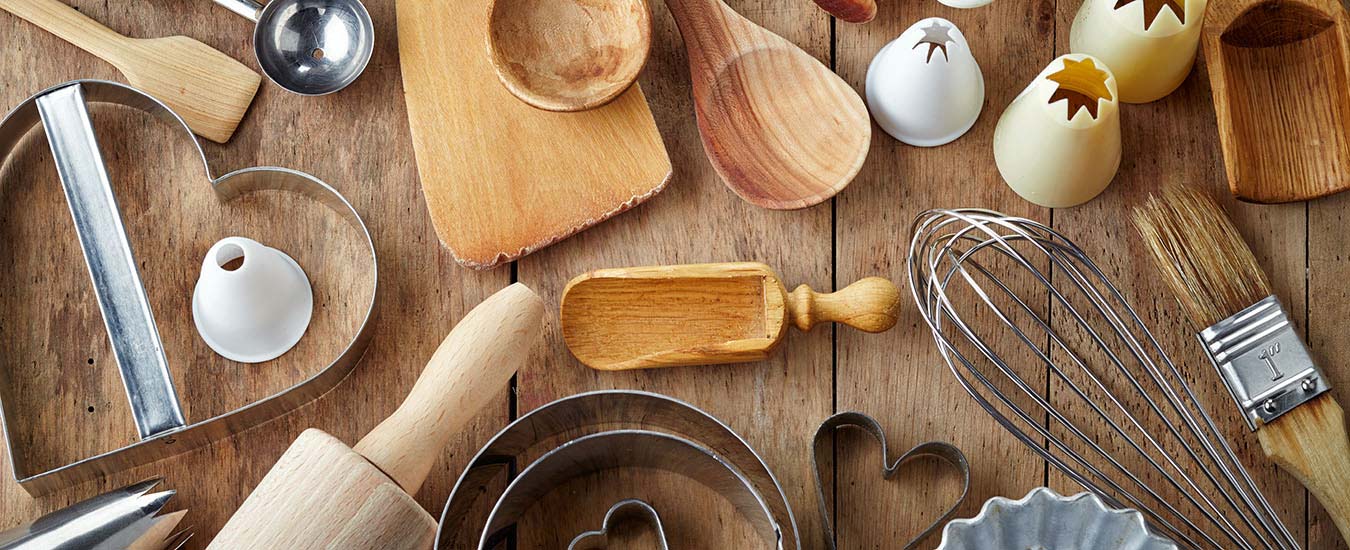It used to be that a Down-East clambake needed special accoutrements, quite often inaccessible, especially to city dwellers. Those who had a section of beach in front of their summer cottages could, with effort, dig a deep pit, line it with beach rock, build in it a fire, pile on coals and then more beach rock. Then, the waiting began.
Once the rocks were heated through, a layer of wet seaweed could be laid on. By now, the pit was ready to receive a few lobsters, followed by alternate layers of seaweed, clams, and mussels, and finally a thicker layer of seaweed. Are we there yet? Not before a large piece of wet canvas was laid on to provide steam. With hours already spent in the preparation, who would mind another hour or two as the shellfish slowly steamed its way into gastronomy's fondest recollections? The fortunate few who enjoyed such a feast would say it was well worth the effort, and that their growing hunger had absolutely no bearing on their evaluation. A traditional Down-East clambake is still possible and with much less effort. Just ask Ross and Willa Mavis, of Saint John, NB, who have replaced the rock-lined pit with a barbecue grill, using it year 'round to steam their lobsters, mussels, clams, potatoes and corn on the cob or slices of squash. Along with these ingredients and lots of melted butter, Ross says you'll need a bucketful of freshly harvested rockweed, a propane gas barbecue with a lid and an old baking sheet, slightly smaller than the barbecue's grill surface. "Tie the mussels and clams in a large piece of cheesecloth. This helps with their removal from the hot seaweed once they are cooked," he says. The potatoes are pre-boiled until almost fork tender and if corn is in season, it should be shucked and ready.

"If corn is not in season, we often substitute slices of squash, seeded but unpeeled."
The gathering of fresh rockweed is no problem for the Mavises who, since 1992, have owned and operated Inn On The Cove, an intimate country inn and day spa, situated directly on the Bay of Fundy in a rural part of Saint John. They just go down to the shore at low tide and fill their bucket.
"Choose an open, fairly uninhabited section of beach, clear of industrial or civic developments, from which to gather rockweed," Ross cautions. And keep it wet by covering it with plastic until you need it. "It's the moisture in the weed that generates the steam for the cooking process."
Working together, as they do with all things, including the writing of their two cookbooks, Tide's Table: Maritime Cooking from Inn on the Cove (1996), and Outdoor Cooking from Tide's Table (2000), Ross and Willa prepare the clambake:
"Place a layer of about two inches of the wet seaweed on a baking sheet. On top of the weed, put the lobsters, back side down, and the clams and mussels next to them. These will require more heat than the vegetables. If there's room, place the corn and potatoes next to the seafood or, they can be placed on top of the seafood if space is limited. Cover all the food with a good layer of seaweed at least an inch deep," Ross says.
The loaded baking sheet is then placed on top of the preheated grill, making sure there is space around the tray for the heat to circulate. The lid is closed and the seafood cooks on high for 25 to 35 minutes, depending on the wind and air temperature.
That's time enough for guests to take in the view surrounding the Mavises' award-winning inn with its beautiful terraced grounds. (Not only did Inn on the Cove earn the Irving Award of Excellence as the best inn in New Brunswick, but it also boasts the Savvy Traveller Awards for packaging.) When it's time to open the barbecue lid, Ross warns to do so carefully in order to avoid the escaping steam. "Use a pair of tongs to lift seaweed and check the doneness of the lobster," he instructs us. The crustaceans are done when they have turned bright red and the antennae are easily pulled off the head. The clams and mussels should be open: those that aren't must be discarded. Carefully dump hot mussels and clams into serving bowls, he says. "Place potatoes, corn and lobsters on a serving platter. Have several bowls of melted butter for dipping at hand, crusty bread or rolls and a good supply of napkins or paper towels. Pass the lobster picks and shell cracker and get ready to savour the flavour of summer."
Now, that's a clambake! Any time of the year.
Click here to view Ross and Willa's Tide's Table Barbecue Clambake recipe.
